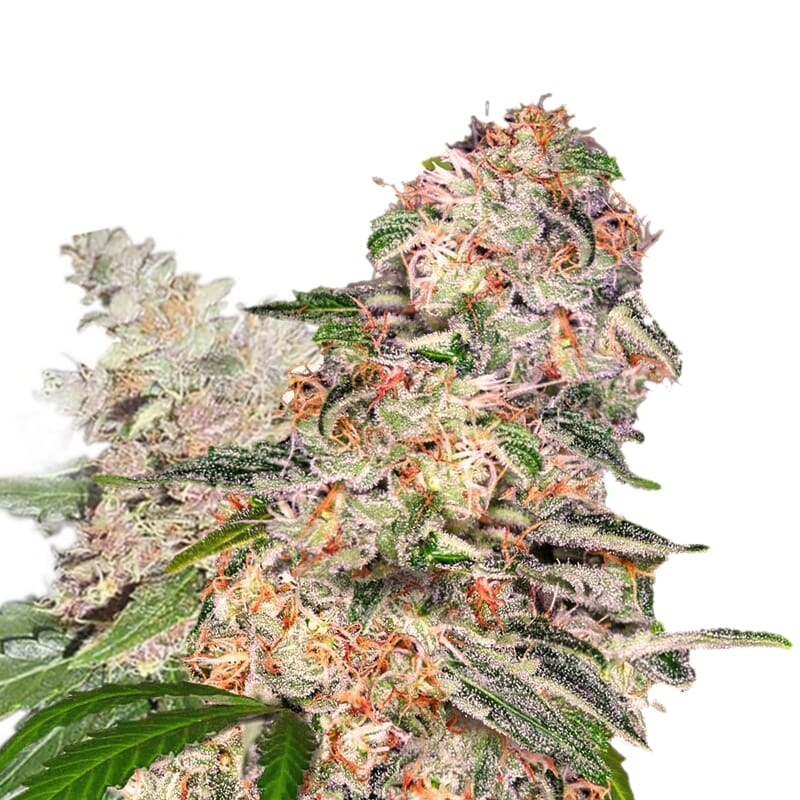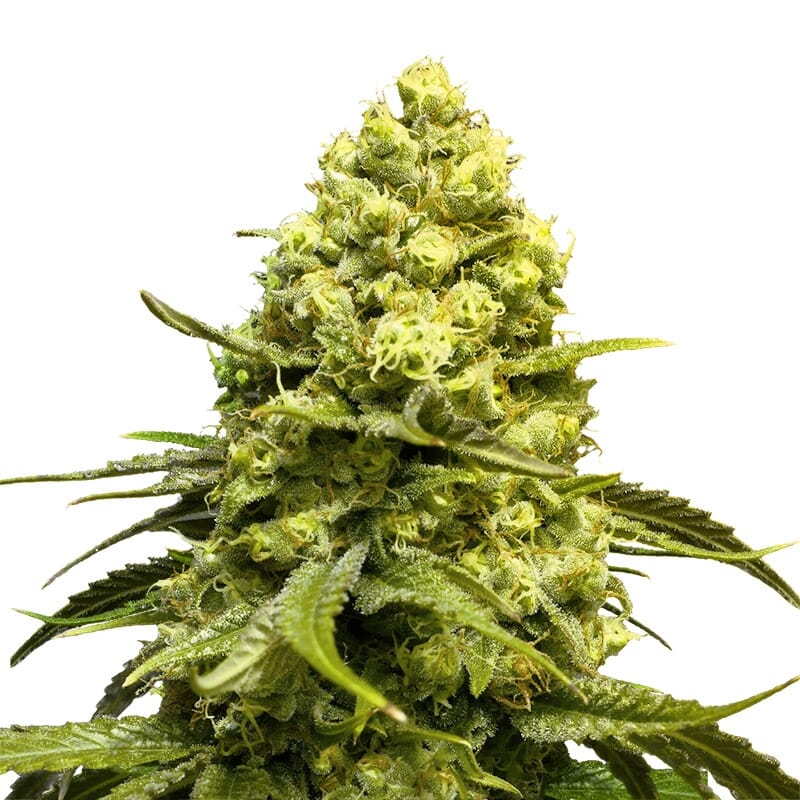Understanding the Challenges and Preparing for Success
If you’re an enthusiast grower looking to cultivate cannabis in a hot and dry climate, you may encounter unique challenges that require careful planning and specific cultivation techniques. In this guide, we will explore the key considerations and strategies for successfully growing cannabis in such conditions. From watering practices to starting indoors and moving seedlings outdoors, we’ll cover it all. So, let’s dive in and ensure you’re well-prepared to cultivate thriving cannabis plants in a hot and dry climate.
1. Understanding the Climate:
Before you embark on your cannabis-growing journey, it’s crucial to familiarize yourself with the specific characteristics of your hot and dry climate. Research the average temperature ranges, humidity levels, and the duration of the growing season in your region. This information will help you determine the most suitable cannabis strains and growing techniques for your environment.
2. Selecting Resilient Strains:
Choosing the right cannabis seeds strains that are well-suited to hot and dry climates is essential for a successful harvest. Look for varieties known for their resilience and drought tolerance. Indica-dominant strains, such as Afghan Kush or Hindu Kush, tend to have robust genetics and can withstand harsher environmental conditions. Additionally, autoflowering strains, which have a shorter life cycle, are often more adaptable to challenging climates.
For high-quality cannabis seeds suitable for hot and dry climates, we recommend checking out the following strains available at Amsterdam Marijuana Seeds:
- Bianca Feminized Marijuana Seeds: These feminized strains from Amsterdam are known for their ability to thrive in warm and dry climates. They have a Continental and Mediterranean climate preference and offer a flowery and hash flavor.
- Blue Dream XTRM: Sativa and Indica Hybrids: Consider exploring hybrid strains that combine both Sativa and Indica genetics. These hybrids often offer a balance between the qualities of both varieties and can adapt to different climates, including dry and hot ones. Remember to research each strain further to determine the specific requirements and characteristics that suit your preferences and growing conditions. Happy cultivating!
3. Starting Indoors:
Starting your cannabis plants indoors provides several advantages, especially in a hot and dry climate. It allows you to control the environmental conditions, protect the seedlings from extreme heat or cold, and establish a strong foundation before transplanting them outdoors.
To start your plants indoors, create a suitable growing environment with controlled temperature, humidity, and lighting. Use high-quality potting soil or a well-balanced soilless mix and provide adequate ventilation to prevent mold and pest issues. Ensure your seedlings receive sufficient light during the vegetative stage by using full-spectrum grow lights or natural sunlight supplemented with artificial lighting.
You can also check some tips & tricks for succesful growing in this blog post.
4. Watering Practices:
Watering cannabis in a hot and dry climate requires careful attention. The arid conditions can lead to rapid evaporation and dehydration, making it crucial to implement proper watering techniques. Here are some guidelines to follow:
- Deep Watering: Instead of frequent shallow watering, aim for deep watering sessions. This encourages the development of a robust root system that can reach deeper soil layers to access water reserves.
- Watering Schedule: Adjust your watering schedule based on the stage of growth and weather conditions. In hot climates, you may need to water more frequently, but be cautious not to overwater, as this can lead to root rot. Monitor the soil moisture levels using a moisture meter or by checking the top few inches of soil with your finger.
- Mulching: Apply a layer of organic mulch around your cannabis plants to retain moisture in the soil and reduce evaporation. Mulching also helps control soil temperature, prevents weed growth, and adds essential nutrients to the soil as it breaks down.
- Watering Techniques: Consider using drip irrigation or a soaker hose system to ensure efficient water distribution directly to the plant’s root zone. This minimizes water loss through evaporation and reduces the risk of fungal diseases caused by wet foliage.
5. Moving Seedlings Outdoors:
Once your cannabis seedlings have grown strong and healthy indoors, it’s time to acclimate them to the outdoor environment gradually. Follow these steps for a smooth transition:
- Harden-off Period: Start by exposing your seedlings to outdoor conditions for short periods each day, gradually increasing the duration over a week or two. Begin with sheltered spots and gradually move them to more exposed areas.
- Timing: Choose the right time to transplant your seedlings outdoors. Ensure that the threat of frost has passed, and the outdoor temperatures are consistently warm. It’s essential to find a balance between giving your plants enough time to grow before the flowering phase and avoiding extreme heat stress.
- Soil Preparation: Prepare the planting area by loosening the soil and incorporating organic matter to improve water retention and nutrient availability. Consider creating raised beds to enhance drainage and prevent waterlogging.
- Protection from Sun and Wind: During the initial days after transplanting, provide some shade or protection from intense sunlight and strong winds. Gradually expose your plants to increasing sunlight and wind as they adapt and develop stronger stems and leaves.
By following these guidelines, you’ll be on your way to successfully growing cannabis in a hot and dry climate. Remember to continuously monitor your plants, adjust your watering practices as needed, and provide appropriate care throughout the growing season. With patience and perseverance, you’ll be rewarded with robust and thriving cannabis plants, even in challenging environmental conditions.
Maximizing Yield and Mitigating Heat Stress
Welcome back to our guide on growing cannabis in a hot and dry climate. In Part 1, we discussed the challenges and preparation needed to cultivate cannabis successfully. In Part 2, we’ll explore additional strategies to maximize your yield and mitigate heat stress. Let’s continue our journey towards becoming an expert grower in a hot and dry climate.
6. Optimal Light Exposure:
In a hot climate, intense sunlight can pose a challenge to cannabis plants. While they require ample light for healthy growth and bud development, excessive heat and direct sunlight can lead to heat stress and sunburn. Here’s how you can optimize light exposure:
- Shade Cloth: Install shade cloth or use shade structures to protect your plants during the hottest parts of the day. This helps diffuse sunlight and reduce the risk of heat stress.
- Positioning: Place your plants strategically to take advantage of morning or evening sun while minimizing exposure to the harshest midday sunlight. Consider using reflective materials to redirect light onto lower foliage.
- Pruning and Training: Regularly prune and train your plants to promote an open canopy structure. This allows better airflow, reduces the risk of heat buildup, and enhances light penetration, ensuring even distribution of light to lower branches.
7. Temperature and Humidity Control:
Maintaining optimal temperature and humidity levels is crucial to prevent heat stress and ensure healthy plant growth. Consider the following tips:
- Ventilation: Provide proper airflow and ventilation to dissipate heat and reduce humidity levels. Use fans to circulate air and exhaust hot air from the growing area. Additionally, consider installing ventilation systems, such as intake fans or air conditioning units, to regulate temperature.
- Evaporative Cooling: Employ evaporative cooling techniques, such as misting or fogging systems, to create a cooler microclimate around your plants. These methods use the principle of evaporative cooling to lower the surrounding air temperature.
- Humidity Control: Monitor and maintain the humidity levels within the recommended range for the stage of growth. High humidity can promote the growth of mold and mildew, while low humidity can lead to excessive transpiration and moisture loss.
8. Soil and Nutrient Management:
In a hot and dry climate, soil quality and nutrient management are crucial for the health and productivity of your cannabis plants. Consider the following practices:
- Soil Amendment: Amend your soil with organic matter, such as compost or well-rotted manure, to improve its water-holding capacity and nutrient retention. This helps create a more favorable growing environment for your plants.
- Nutrient Feeding: Regularly feed your cannabis plants with a balanced fertilizer regimen, including essential macronutrients (nitrogen, phosphorus, and potassium) and micronutrients. Ensure you follow the manufacturer’s instructions and adjust the dosage based on your plants’ needs.
- pH Monitoring: Regularly monitor the pH level of your soil to ensure it falls within the optimal range for cannabis cultivation (usually between 6.0 and 7.0). pH imbalances can affect nutrient uptake and overall plant health.
9. Mulching and Water Conservation:
Water conservation is vital in a hot and dry climate. Implement the following techniques to maximize water retention and minimize evaporation:
- Mulching: Continue using organic mulch around your plants to conserve moisture in the soil, suppress weed growth, and maintain a more stable soil temperature.
- Drip Irrigation: Consider installing a drip irrigation system that delivers water directly to the root zone. This method minimizes water waste through runoff and evaporation and ensures efficient water distribution.
- Water Recycling: Collect and reuse water whenever possible. Capture rainwater or utilize condensate from air conditioning units to supplement your watering needs.
10. Harvesting and Timing:
Knowing the optimal time to harvest your cannabis plants is crucial for achieving the desired potency and flavor. Consider the following factors:
- Trichome Color: Monitor the trichomes (resin glands) on the buds using a magnifying tool. Harvest when the trichomes turn milky white or amber, indicating the desired level of cannabinoid maturity.
- Timing: Harvest your plants early in the morning or late in the evening when temperatures are cooler. This helps preserve the terpene profile and prevent excessive moisture loss during the drying process.
- Drying and Curing: Properly dry and cure your harvested buds to preserve their potency, flavor, and aroma. Follow best practices for drying in a controlled environment with good airflow and curing in glass jars to achieve the best results.
By implementing these strategies, you can maximize your yield and mitigate the challenges of growing cannabis in a hot and dry climate. Remember to adapt and fine-tune these techniques based on your specific environmental conditions and the unique needs of your chosen cannabis strains. Happy growing!
Frequently Asked Questions
1. What are the key challenges of growing cannabis in a hot and dry climate?
Growing cannabis in a hot and dry climate presents unique challenges such as rapid evaporation, dehydration, and the risk of heat stress. To overcome these issues, it’s crucial to implement proper watering techniques, choose resilient strains, and manage light exposure, temperature, and humidity effectively. Understanding and adapting to these environmental conditions is essential for successful cultivation.
2. How can cannabis strains like Bianca Feminized Marijuana Seeds and Blue Dream XTRM be advantageous in hot and dry climates?
Bianca Feminized Marijuana Seeds and Blue Dream XTRM are excellent choices for hot and dry climates due to their resilience and adaptability. Bianca Feminized strains thrive in warm climates and offer robust growth, while Blue Dream XTRM hybrids combine the best traits of Sativa and Indica, making them versatile and hardy. These strains are designed to withstand harsh conditions, ensuring a better yield and healthier plants.
3. What strategies should be implemented when starting cannabis plants indoors and transitioning them to an outdoor environment?
Starting cannabis plants indoors in a controlled environment allows for optimal early growth. Key strategies include:
- Controlled Environment: Maintain proper temperature, humidity, and lighting indoors.
- Gradual Acclimation: Gradually expose seedlings to outdoor conditions through a harden-off period.
- Timing: Transplant outdoors after the threat of frost has passed and temperatures are consistently warm.
- Soil Preparation: Loosen soil and add organic matter for better water retention and nutrient availability.
- Protection: Provide initial shade and wind protection to help plants adjust smoothly to their new environment.
Following these steps ensures strong and healthy cannabis plants ready to thrive outdoors.












